This article was co-authored by Anthony Stark, EMR. Anthony Stark is a certified EMR (Emergency Medical Responder) in British Columbia, Canada. With over 11 years of experience, he has worked as an industrial medic and provided urban and rural paramedic services. He currently works for Mountain View Safety Services and previously worked for the British Columbia Ambulance Service. Anthony has a Bachelor of Engineering in Electrical, Electronics, and Communications Engineering from the Georgia Institute of Technology. He has completed the EMP Canada EMT Course and Swiftwater Awareness Training associated with the British Columbia Ambulance Service.
There are 21 references cited in this article, which can be found at the bottom of the page.
wikiHow marks an article as reader-approved once it receives enough positive feedback. In this case, 100% of readers who voted found the article helpful, earning it our reader-approved status.
This article has been viewed 129,689 times.
Most everyone has experienced a sunburn in their life. Usually, they’re inconveniences more than anything else: red, irritated skin with possible mild peeling. The offending agent that causes sunburn is ultraviolet radiation (UVR) which can come from any number of sources, such as sun exposure, tanning beds and the like. This UVR can directly damage your DNA, which causes the inflammation and death of your skin cells.[1] While less-intensive exposure to the sun for short periods of time can give you a nice tan (increased skin pigmentation to protect you from ultraviolet radiation), any type of UVR exposure is detrimental to all skin tones, and excessive exposure should be avoided to prevent severe damage, including skin cancer.[2] The blistering of your sunburn indicates damage to your skin. Proper treatment is crucial for treating your blistered sunburn.
Steps
Treating a Sunburn
-
1Stay out of the sun. You don’t want to damage your already tender skin any further. If you must expose yourself to the sun, wear sunscreen with a Sun Protection Factor (SPF) of 30 or more and cover your skin. UV rays can still pass through clothes to a certain degree.[3]
- Continue to wear sunscreen after the blisters have healed.
- Don’t be fooled by cloudy or cold weather.[4] UV rays are still strong during cloudy weather, and snow can reflect 80% of the sun’s rays. If the sun is up, the UV is there.
-
2Leave the affected area alone. Do not pop your blisters. They may pop on their own, but you want to protect your blisters as much as possible in order to prevent infection and damage to the lower, more delicate layers of skin. If the blister pops on its own, cover it in gauze to prevent infection. If you think your skin may already be infected, go to a dermatologist immediately. Some signs that your skin may be infected include redness, swelling, pain, and heat.[5]
- Similarly, do not peel the skin. Scaling may occur on the sunburned area, but do not peel it. Remember, this area is very sensitive and susceptible to infection and further damage. Leave it alone.
Advertisement -
3Use aloe vera. Aloe vera can be an effective natural cure for minor burns such as the blistered sunburn. Aloe vera gel are the best choice since they will cool the burn. Aloe is believed to decrease pain, rehydrate the affected skin, and aid in the healing process. Indeed, research has shown that aloe vera helps to heal burns faster (9 days faster) than without any use of aloe vera.[6]
- The best products are the most natural products without any additional additives. Aloe vera gel with no preservatives can be purchased at most drugstores. If you have aloe vera plant on hand, you can apply the aloe vera inside the plant directly by breaking a leaf in half. Allow the gel to be absorbed by the skin. Repeat the process as often as possible.
- Try using aloe ice cubes. They can help soothe the pain as well as treat the skin.
- Aloe vera should never be applied to an open wound.
-
4Try other emollients. Emollients like moisturizers are safe to apply on your blisters. They can make peeling and flaking less noticeable and help sooth the skin. Avoid using thicker moisturizers or petroleum jelly, as they will not let your skin “breathe” or release heat.[7] [8]
- Good options include soy-based moisturizers. Look for organic and natural ingredients on the label. Soy is a plant that has natural moisturizing capabilities, which helps your damaged skin maintain moisture and heal.[9]
- Again, do not apply anything to open wounds or blistered that have popped.
- You can place a gauze bandage over the blisters until they heal if you wish.
-
5Request a prescription for 1% silver sulfadiazine cream. Ask your doctor if he will prescribe you a 1% silver sulfadiazine, which is a strong bacteria-killing chemical that is used to treat second- and third-degree burns. Generally, this cream is applied topically twice a day. Do not stop using it until your doctor tells you to stop.[10]
- This cream can have severe side effects, though they are rare. Side effects can include pain, itching, or burning of the treated skin. The skin and mucous membranes (like the gums) can also become blur or gray in color. Ask your doctor about potential side effects, and stop use immediately and call your doctor if they arise.[11]
-
6Avoid topical anesthetic creams and sprays. This is because anesthetic products applied to the skin can cause infection.
- In particular, avoid lotions or creams that contain benzocaine or lidocaine. While once commonly used in the past, these products can cause irritation and allergic reactions.
- Avoid using petroleum jelly (also known by the brand Vaseline). Petroleum can clog pores and trap heat within the skin, preventing proper healing of your skin.[12]
-
7Drink water. Sunburns draw fluid to the surface of the skin and away from other parts of the body. Make an effort to drink plenty of water (at least eight glasses (8 oz each) a day). You could also drink fruit juices or sports drinks. Be sure to watch for signs of dehydration, including dry mouth, thirst, decreased urination, headache, and lightheadedness.[13]
-
8Maintain good nutrition to promote healing. Burns such as a blistered sunburn can be treated and healed faster with the help of good nutrition, especially with an increased intake of protein-rich foods. The additional protein serves as building blocks for healing tissue, and are needed to heal the skin and inflammation and minimize the scarring.[14]
- Protein rich foods such as chicken, turkey, fish, dairy products, and eggs are excellent sources of protein.
- The ideal daily protein intake is 0.8-1.5 grams of protein per pound of body weight.
Using Home Remedies
-
1Use apple cider vinegar. Apple cider vinegar may help in treating blistered sunburns by absorbing the heat from the skin and relieving the burning sensation and the pain. The acetic acid and malic acid in vinegar can neutralize sunburns and re-establish pH levels in the affected area. This prevents infection by making the skin environment inhospitable to microorganisms.
- To apply apple cider vinegar, mix the vinegar with cold water and soak a soft cloth into the solution and apply or drape it on the affected skin. Vinegar can also be directly sprayed onto the sunburn skin.
- The use of vinegar is only recommended for skin without abrasions, open cuts or ruptures because it can burn and irritate the skin.
-
2Make a turmeric powder paste. Turmeric contains antiseptic and antibacterial properties that may help ease the pain and inflammation caused by the sunburn and blistering. Here are some tips to apply turmeric powder:
- Combine turmeric powder with water or milk to make a paste. Then, apply it on your blisters for 10 minutes before rinsing it off gently.
- Mix turmeric powder, barley, and yogurt to produce a thick paste and cover the affected skin. Let it sit for about half an hour, and then wash it off with cold water.
-
3Consider using tomato. Tomato juice can lessen the burning sensation, reduce the redness of the affected area, and improve the healing of the sunburn.
- To apply, combine 1/4 cup of tomato paste or juice to 1/2 cup of buttermilk. Apply the mixture on your burned skin for about half an hour and wash it gently with cold water.
- Alternatively, add two cups of tomato juice to your bathwater and bathe your body in it for 10 to 15 minutes.
- For instant pain relief, apply mashed raw tomato mixed with crushed ice to the affected area.
- You could even try eating more tomatoes. One study has shown that people who ate five tablespoons of lycopene-rich tomato paste for three months had 25% more protection against sunburn.
-
4Use potatoes to cool burned skin. Raw potatoes may help heat escape from the burned skin, leaving behind cooled skin that hurts less and heals faster.
- Blend rinsed, cleaned, and sliced raw potato to produce a paste. Apply it directly to the blisters. Leave it until it dries and gently rinse off with cold water.
- This remedy can be repeated daily until the blisters are gone and ready to heal.
-
5Try applying a milk compress. Milk produces a protein film that helps calm the burning sensation of your skin, leaving it cool and allowing for relief and comfort.[15]
- Soak a soft cloth in cool water with skim milk and drape it over the burned skin for several minutes.
- Make sure the milk is cool and not cold. Take it out of the fridge about 10 minutes before you plan to use it.
Getting Pain Relief
-
1Understand that the bulk of the treatment is symptomatic. Care is given to prevent further damage and relieve pain, but not a lot can be done to speed up the healing process.
-
2Use a cold compress to provide cooling relief. The use of cold water or cold compress can reduce the inflammation by constricting the blood vessels and reducing the blood flow in the affected area.[16]
- The cool temperature helps to numb nerve endings, providing you with instant, localized pain relief from the burning sensation of the blistered sunburn.
- You can also use soaks and compresses with Burrow’s solution (a solution of aluminum acetate in water). Burrow’s solution can usually be found in drugstores.
-
3Take a bath. When taking a bath, use cool water and relax for 10 to 20 minutes; this can help relieve the pain of a sunburn. Repeat as often as you like for several days.[17]
- If you use a face towel, soak it to the cold water and apply it to the affected skin.
- Warm baths and the utilization of soaps or bath oils is not advisable, because these can irritate the skin and increase discomfort.
-
4Shower in lukewarm water. Make sure the temperature of the water when you shower is just below lukewarm. Pay attention to the flow of the water, making sure it is very gentle so it does not aggravate your pain.
- In general, if you can avoid showering, do so. The pressure of the shower could prematurely pop your sunburn blisters, leading to pain, infection, and scarring.
- After showering, pat dry your skin using gentle movements. Don’t rub or wipe the skin with a towel as this can cause irritation.
-
5Take pain medication. If the pain of the sunburn is bothering you, you can take anti-inflammatory analgesic oral medication such as ibuprofen, naproxen, or aspirin.[18]
- Ibuprofen (Advil) is a non-steroidal anti-inflammatory drug (NSAID). It works by reducing hormones that cause inflammation and pain in the body. It also reduces hormones that trigger fever.
- Aspirin (Acetylsalicylic Acid)is a drug that works as an analgesic, relieving pain by inhibiting pain signals in the brain. It is also an antipyretic, a drug that reduces fever.
- Acetaminophen (Tylenol) is safer than aspirin for children who may have a sunburn. Acetaminophen has many of the same effects.
- Discuss these options with your doctor if you have any doubt about their usage and whether the medications are right for you.
-
6Use cortisone cream to reduce inflammation. Cortisone cream contains a minimal amount of steroids that help reduce the inflammation of the sunburn by suppressing the activity of the immune system.[19]
- It is not advisable to use cortisone cream on children, so consult your physician for an alternative.
Understanding the Danger and Symptoms of a Sunburn
-
1Understand how UV rays work. UV rays can be split into three subtypes: UVA, UVB, and UVC. UVA and UVB are the two types that can damage your skin. UVA composes 95% of all UV rays, and are responsible for sunburns and blisters. However, UVB rays cause more of the erythema, or the redness caused by the swelling of blood vessels. Examples of erythema include redness by sunburns, infections, inflammation, or even blushing.[20]
-
2Understand how blisters develop. Blisters will not pop up immediately after sun exposure. Rather, they take a couple of days to develop. Burn blisters form when blood vessels are damaged and plasma and other fluids leak in between layers of skin, creating a pocket of fluid. Do not assume that the blisters are unrelated to your sunburn just because they appeared later. Harmful UV rays impact lighter skin tones more than darker ones, so you may be more or less susceptible to blistered sunburns than others, depending on your skin type.[21]
- First-degree burns cause erythema, and blood vessels will widen, causing the skin to rise and become red in color. In the case of first-degree burns, only the outermost layer of skin is burned. However, damaged cells can release chemical mediators that can further irritate the skin and destroy other damaged cells.
- In the case of second-degree burns, inner layers of skin are also affected, as well as blood vessels. Thus, blisters are a sign of second-degree burns. This is why burn blisters are considered to be a much more serious condition than the average sunburn.
-
3Go to the ER immediately if you experience certain symptoms. Your body may be suffering severely due to extended sun exposure, causing conditions such as dehydration or heat exhaustion. Watch for the following symptoms and seek emergency assistance immediately: [22]
- Dizziness or faintness
- Rapid pulse and rapid breathing
- Nausea, chills or fever
- Heavy thirst
- Sensitivity to light
- Blisters covering 20% or more of the body
-
4Note if you have preexisting medical conditions. Consult a doctor if you have chronic actinic dermatitis, lupus erythematosus, herpes simplex, or eczema. Sun damage can worsen these conditions. Sunburns may also cause keratitis, inflammation of the cornea of the eye.[23]
-
5Notice early symptoms. If you exhibit the early symptoms of sunburn, do the best you can to get out of the sun immediately to prevent blistering. Symptoms include:[24]
- Reddish skin that is tender and warm to the touch. The ultraviolet rays of the sun kills the living cells of the epidermis (outer layer if the skin). As the body senses the dead cells, the immune system starts to respond by increasing blood flow in the affected areas and opening up capillary walls so that white blood cells can come in and remove the damaged cells. The increased blood flow makes your skin warm and red.
- Prickly, stinging pain in the affected area. The damaged cells in the affected area activate the pain receptors by releasing chemicals and sending signals to the brain that cause you to feel pain.
-
6Look for itchy blisters. These blisters can occur hours or days after exposure.[25] The epidermis contains special nerve fibers that mediate the sensation of itch. When the epidermis is damaged because of prolonged exposure to the sun, these nerve fibers are activated and itchiness is felt in the affected area.
- Also, the body sends fluid to fill up the gaps and tears in the damaged skin in order to protect it, resulting in the formation of blisters.
-
7Check for fever. When your body’s immune system senses the dead cells and other foreign bodies, pyrogens (substances that cause fever) are released and travel to the hypothalamus, part of the brain that regulates body temperature.The pyrogens bind to the receptors in the hypothalamus and your body’s temperature starts to rise.[26]
- You can take your temperate with a run-of-the-mill thermometer available at any pharmacy or drugstore.
-
8Observe for peeling skin. The dead cells in the sunburned area will be sloughed off by peeling, in order for the body to replace them with new skin cells.[27]
Preventing Sunburn
-
1Stay out of the sun. Prevention is always the best course of action for any ailment and, of course, avoiding sunburns in the first place is the best way to keep your skin healthy.[28]
- Avoid exposing yourself to direct sun for long periods of time. Try to stay in areas that provide shade, such as under a balcony overhang, umbrella, or tree.
-
2Wear sunscreen. The American Academy of Dermatology recommends that you use at least SPF 30 or higher of a broad-spectrum sunscreen that covers UVA and UVB rays. Both of these types of UV radiation can cause cancer. Many doctors will recommend these guidelines to their patients. Note that babies have particularly delicate skin, and need to have sunscreen applied all over their body (only after they are six months old). You can buy both baby and child-friendly sunscreens.[29]
- It is important to apply sunscreen 30 minutes before going outside, not immediately prior. Make sure to reapply your sunscreen regularly. Generally, a good rule of thumb is to reapply 30 milliliters (1 fl oz) all over the body every three hours, or after any activity that involves the skin getting very wet (i.e. after getting out of a pool).[30]
- Don't be fooled by cold weather. UV rays can still pass through clouds, and snow reflects 80% of them.
- Be extra careful if you live close to the equator, or somewhere high in altitude. UV rays are much stronger in those areas due to ozone depletion.
-
3Be careful in the water. Not only does water affect the effectiveness of topical sunscreens, but wet skin in general is more susceptible to UV damage than dry skin. Use waterproof sunscreen when going to the beach or pool, or when exercising heavily outside.[31]
- If swimming or sweating heavily, you should apply sunscreen more frequently than usual.
-
4Wear protective clothing. Wear hats, visors, sunglasses, and anything else you can think of to shield your skin from the sun's rays. You can even purchase UV-block clothing.[32]
-
5Avoid the sun at certain times of the day. Try to stay out of the sun during the hours of 10a.m. to 4p.m., when sun is highest in the sky. This is when the sunlight is most direct, and the UV rays are therefore more damaging.[33]
- If you can't avoid the sun entirely, seek share whenever possible.
-
6Drink water. Drinking water is important for replenishing fluids, as well as combating dehydration, another serious and common consequence of extended sun exposure.[34]
- Be sure to stay hydrated and drink water regularly when you are outdoors in heavy heat and sunlight exposure.
- Do not drink water only when you are thirsty, but give your body the nutrients and resources it needs to keep you healthy prior to issues arising.
Warnings
- When in doubt about how to prevent or treat sunburns, talk to your doctor. It's always better to be safe than sorry, and a doctor can help you with anything from avoiding scarring to detecting dangerous conditions such as heat exhaustion.⧼thumbs_response⧽
References
- ↑ Matsumura Y, Ananthaswamy HN. Toxic effects of ultraviolet radiation on the skin. Toxicol Appl Pharmacol. 2004 Mar 15. 195(3):298-308.
- ↑ Narbutt J, Lesiak A, Sysa-Jedrzejowska A, Boncela J, Wozniacka A, Norval M. Repeated exposures of humans to low doses of solar simulated radiation lead to limited photoadaptation and photoprotection against UVB-induced erythema and cytokine mRNA up-regulation. J Dermatol Sci. 2007 Mar. 45(3):210-2.
- ↑ http://kidshealth.org/teen/safety/first_aid/sunburn.html
- ↑ https://www.epa.gov/radtown/ultraviolet-uv-radiation-and-sun-exposure
- ↑ http://kidshealth.org/teen/safety/first_aid/sunburn.html
- ↑ https://www.aad.org/dermatology-a-to-z/for-kids/about-skin/skin-cancer/treating-sunburn
- ↑ http://www.skincancer.org/prevention/sunburn/five-ways-to-treat-a-sunburn
- ↑ http://kidshealth.org/teen/safety/first_aid/sunburn.html
- ↑ https://www.aad.org/dermatology-a-to-z/for-kids/about-skin/skin-cancer/treating-sunburn
- ↑ https://www.ncbi.nlm.nih.gov/pmc/articles/PMC6330525/
- ↑ http://www.ncbi.nlm.nih.gov/pubmed/19349889
- ↑ https://medlineplus.gov/ency/article/003227.htm
- ↑ https://medlineplus.gov/ency/article/003227.htm
- ↑ https://msktc.org/burn/factsheets/Healthy-Eating-After-Burn-Injury-Adults
- ↑ https://www.stlukeshealth.org/resources/do-these-common-sunburn-remedies-actually-work
- ↑ https://kidshealth.org/en/parents/sunburn-sheet.html
- ↑ https://www.nhs.uk/conditions/sunburn/
- ↑ https://www.skincancer.org/risk-factors/sunburn/
- ↑ https://www.aad.org/public/everyday-care/injured-skin/burns/treat-sunburn
- ↑ http://www.skincancer.org/prevention/uva-and-uvb/understanding-uva-and-uvb
- ↑ http://www.nlm.nih.gov/medlineplus/ency/article/003227.htm
- ↑ http://www.nlm.nih.gov/medlineplus/ency/article/003227.htm
- ↑ http://emedicine.medscape.com/article/799025-overview
- ↑ http://emedicine.medscape.com/article/773203-clinical
- ↑ https://medlineplus.gov/ency/article/003227.htm
- ↑ http://emedicine.medscape.com/article/773203-clinical
- ↑ http://emedicine.medscape.com/article/773203-clinical
- ↑ https://my.clevelandclinic.org/health/articles/5240-sun-damage-protecting-yourself
- ↑ https://my.clevelandclinic.org/health/articles/5240-sun-damage-protecting-yourself
- ↑ http://kidshealth.org/teen/safety/first_aid/sunburn.html
- ↑ https://www.cdc.gov/cancer/skin/basic_info/sun-safety.htm
- ↑ https://www.aad.org/dermatology-a-to-z/for-kids/about-skin/skin-cancer/treating-sunburn
- ↑ https://www.cdc.gov/cancer/skin/basic_info/sun-safety.htm
- ↑ https://www.aad.org/dermatology-a-to-z/for-kids/about-skin/skin-cancer/treating-sunburn
About This Article
To treat a blistered sunburn, apply aloe vera gel to the burn and allow it to soak into the skin, repeating the process as often as you can. Alternatively, mix apple cider vinegar with cold water and apply it gently to the burn using a soft cloth, which will help relieve the pain and prevent infection. Whatever you do, don’t pop your blisters, because it can cause an infection and make the burn hurt more. Also, drink lots of water to stay hydrated, since sunburn draws fluid to your skin from other parts of your body and can cause dehydration. For tips from our Medical reviewer on how to manage the pain of sunburn blisters, read on!
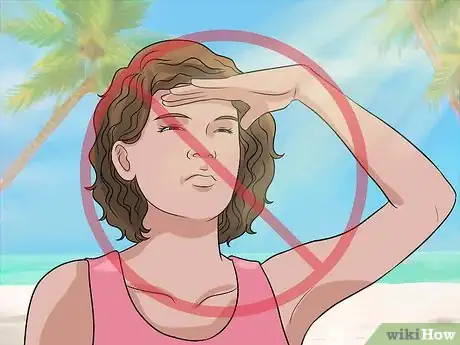

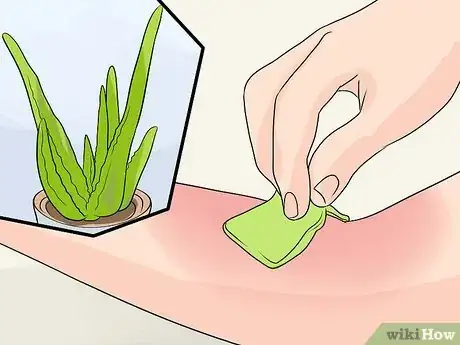
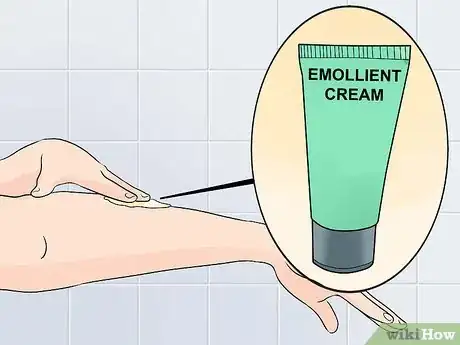
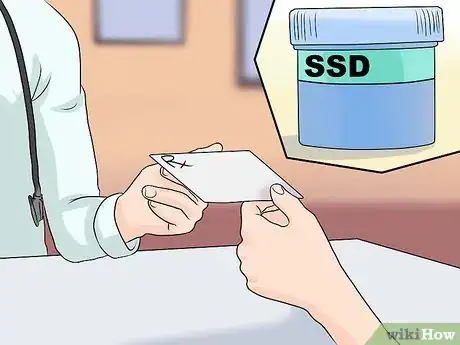
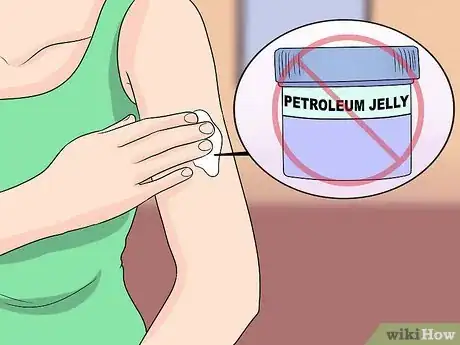
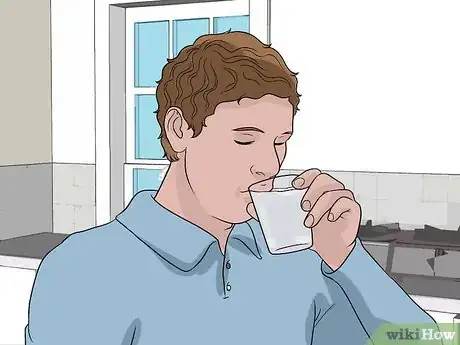
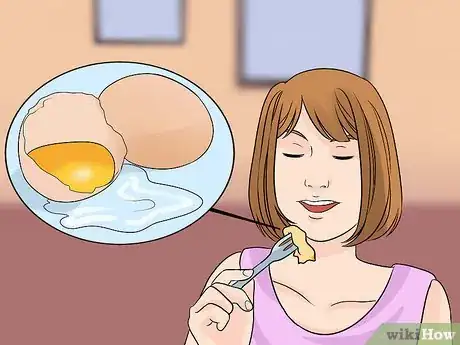
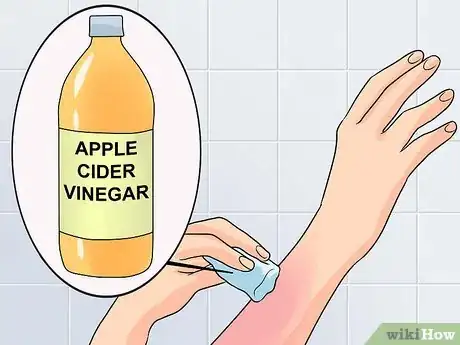
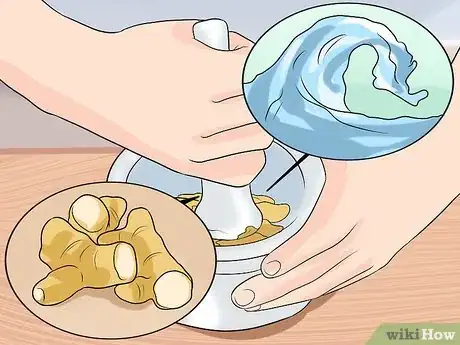
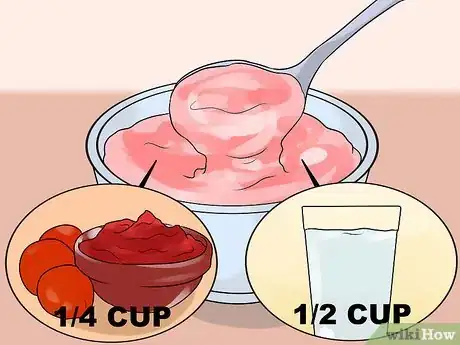
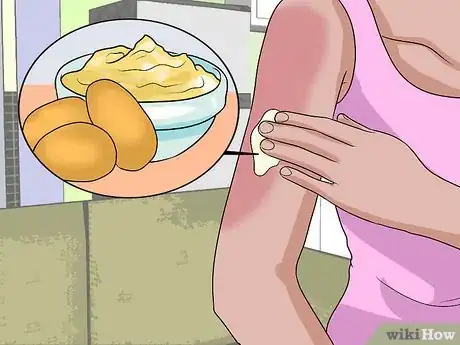
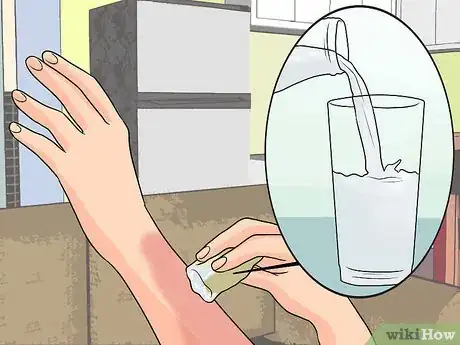

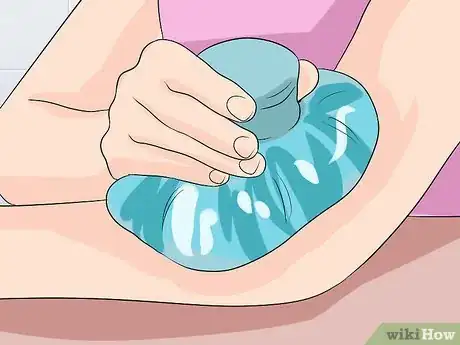
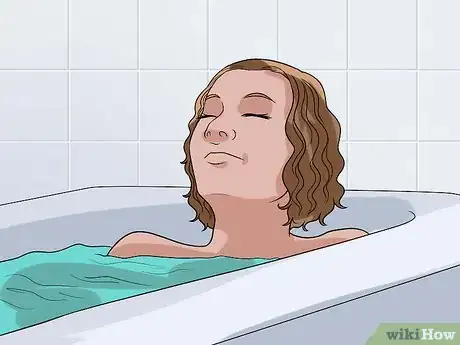

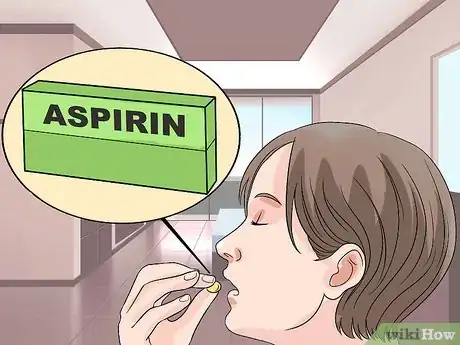
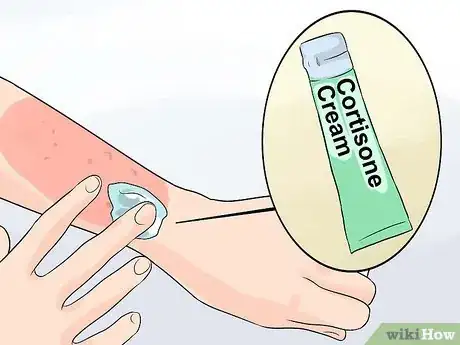
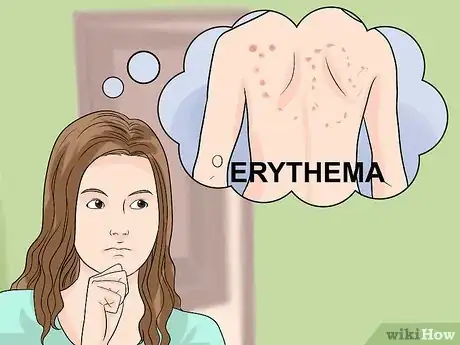
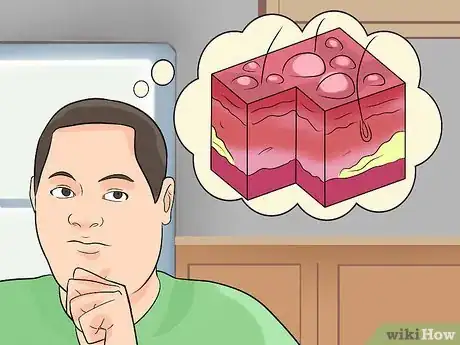
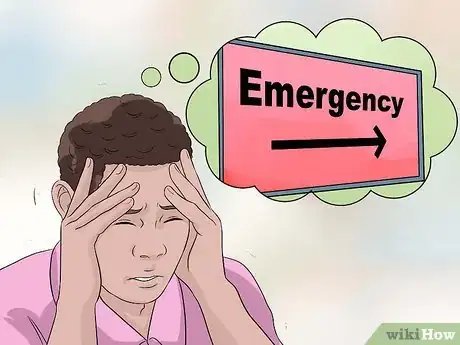
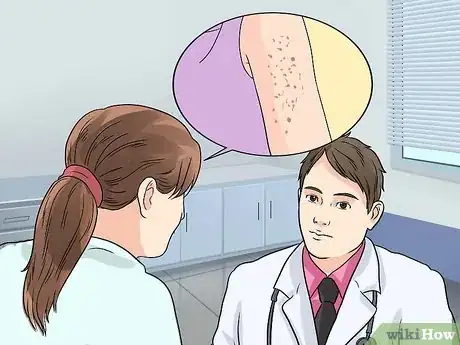

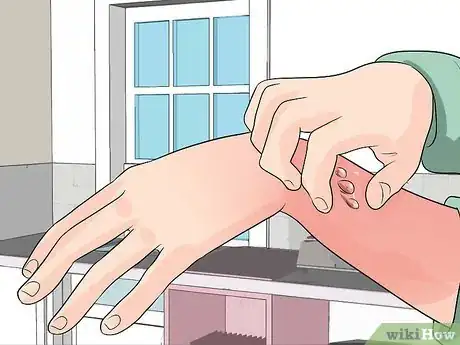
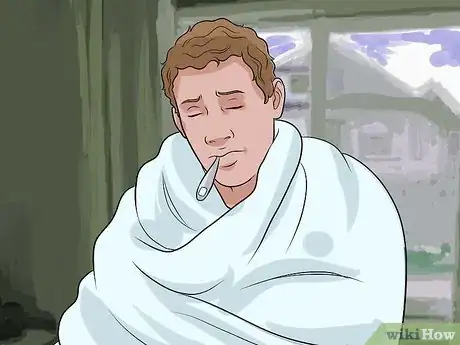

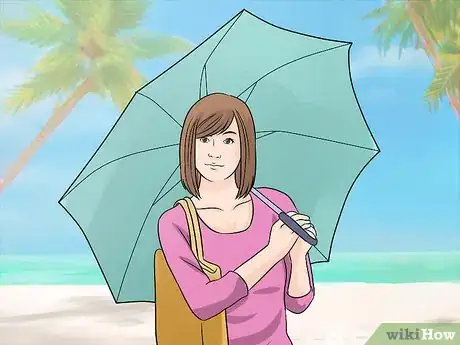
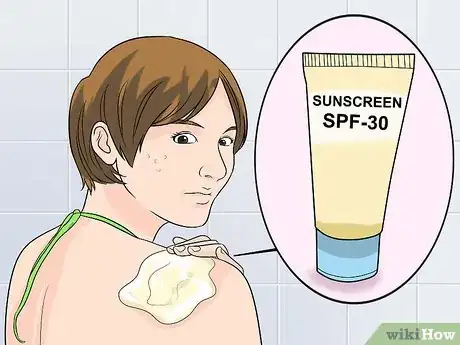
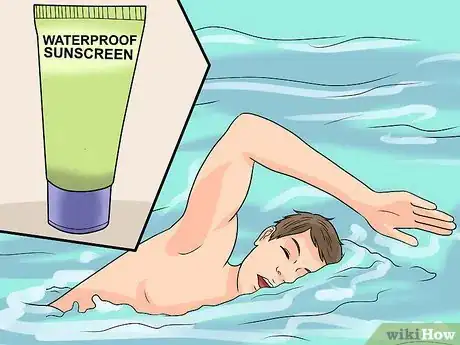
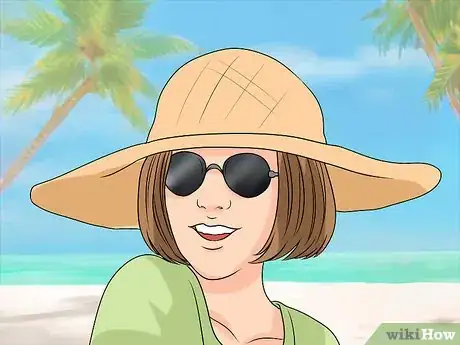
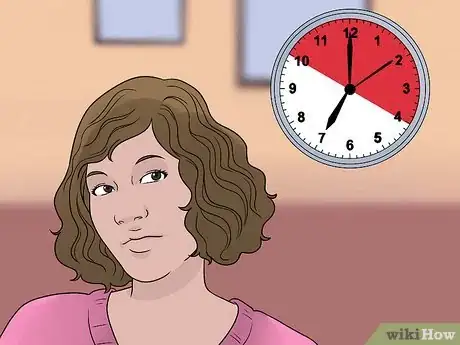
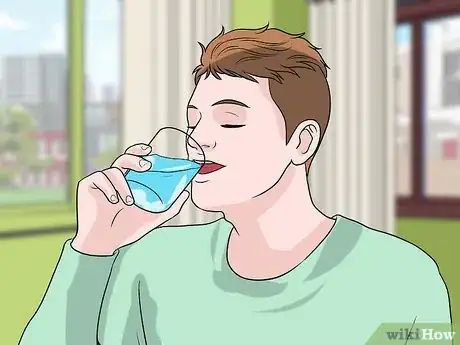

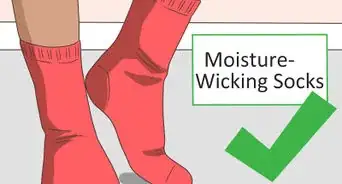



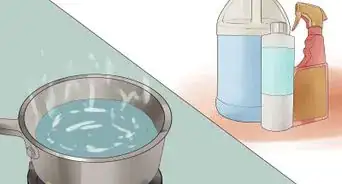
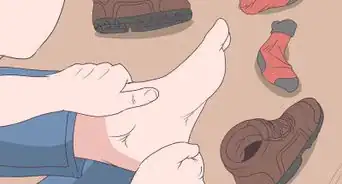
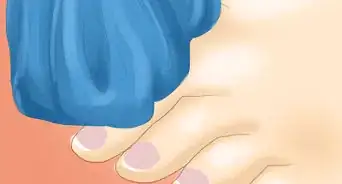





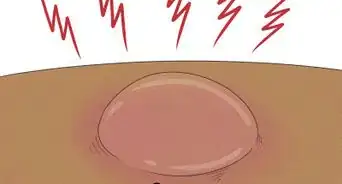













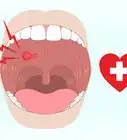




































Medical Disclaimer
The content of this article is not intended to be a substitute for professional medical advice, examination, diagnosis, or treatment. You should always contact your doctor or other qualified healthcare professional before starting, changing, or stopping any kind of health treatment.
Read More...